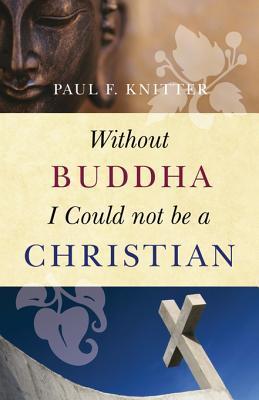What do you think?
Rate this book


259 pages, Kindle Edition
First published July 25, 2009
There is, happily, no solid, unchanging foundation to life, no place to stand permanently, since everything is moving in interdependence with everything else. When we realize this and swim with the Groundlessness rather than against it, both letting it carry us and moving with it, then swimming becomes not only possible but enjoyable.This is just a mere taste of Knitter’s explorations, and you will find much more here, including detailed explorations of Anthropomorphism, God’s Will, Personhood, Evil, etc., using Buddhist concepts as aids to illumination. Throughout the book, though, runs the Zen idea that all verbal formulations about spiritual reality are nothing but “a finger pointing at the moon.” Knitter makes it clear that this is the thing we must always remember, lest we spend all of our time contemplating the “finger” and forget about the light of the “moon.”